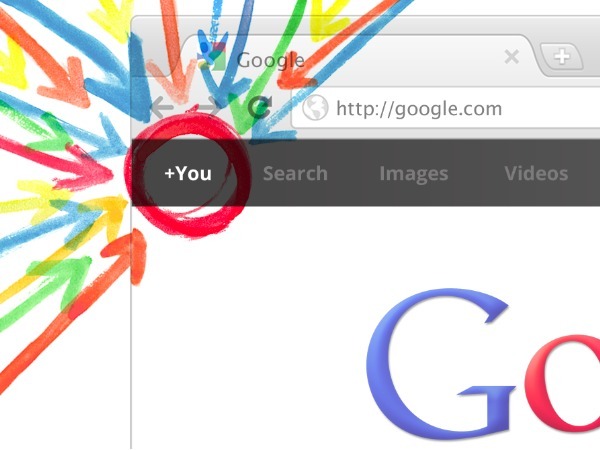 Here we go again: Google is trying to go social.
Here we go again: Google is trying to go social.
The data-driven company has for a decade ruled search on the Web, and its email, maps and photo/video services haven’t been too shabby either. Its social features, however, from Orkut to Google Wave to Google Buzz and beyond, have all failed to make a major splash with users, who still see Facebook as the one place to get all your social networking done.
Could things go differently this time?
Google on Tuesday soft-launched Google+, a new social networking platform accessible now for a limited number of users at plus.google.com. The service is already proving better than its predecessors in two fundamental ways. First, it’s rolling out slowly so that kinks can be smoothed out before the masses get on board. Secondly, Google+ seems to be based in a decidedly human foundation, for once:
Among the most basic of human needs is the need to connect with others. With a smile, a laugh, a whisper or a cheer, we connect with others every single day.
Today, the connections between people increasingly happen online. Yet the subtlety and substance of real-world interactions are lost in the rigidness of our online tools.
In this basic, human way, online sharing is awkward. Even broken. And we aim to fix it.
We’d like to bring the nuance and richness of real-life sharing to software. We want to make Google better by including you, your relationships, and your interests. And so begins the Google+ project.
 Following here is a rundown of the central features available in Google+ and what the competition, namely Facebook, is already doing to counter them.
Following here is a rundown of the central features available in Google+ and what the competition, namely Facebook, is already doing to counter them.
+Circles lets you share what you want with specific groups of people, instead of blasting out to everybody in your network. In the real world, we don’t normally hang out with everyone we know all at once, and we certainly don’t act or speak the same way in every environment.
Google+ enables users to create any social circles they think they need–a circle for family, a circle for college friends, a circle for best friends, a circle for “epic bros,” and so on. Facebook started edging toward this model of friend sharing through its (relatively) new Groups feature, but users might not yet be using it in that way.
+Sparks is an online sharing engine that automatically feeds you and interested friends “highly contagious content” from around the Web in any topic imaginable. Electronic music, road bikes, hairstyles–whatever it is that interests you can become a spark for solo consumption followed by sharing with friends. While virtually all social networks out there already provide the basis for social sharing, +Sparks could prove unique in that it actually finds content for users.
+Hangouts is all about recreating online the spontaneity of hanging out with friends in real life. Maybe a friend will come over to your apartment, maybe you’ll walk to a restaurant and run into some more people, maybe a friend from college will call you up and you’ll pass the phone around. Life is spontaneous, which is why Google wants there to be something like that on the Web.
At its heart, it’s just multi-person live video chat. But +Hangouts is trying to be a little bit smoother and a little less awkward, encouraging users to go online when they’re free to just fool around for a bit. No expectations, just fun and hanging out.
Many major companies from Facebook to Apple to AOL are working on developing very similar services, so it will be interesting to see them duke it out in this space.
+Mobile is the Google+ mobile platform, requisite for any social network these days. Available today on the Android Market (and very soon in the App Store), Google+ for mobile lets you share your location in posts, upload photos to the cloud and group message with ease (+Huddle).
Again, uncountable companies are working on location-based services, cloud photo applications and group messaging, but it finally looks like Google has brought something to the table that could really compete with the rest.
In the end, when it comes to social media services, it’s all about who is using what. It’s a very delicate line: if no one is on the service, there won’t be any value in it. But how do you build up that initial base? No matter how good Google thinks Google+ really is, the key is picking up users at the appropriate rate without being thwarted by the convenience of Facebook’s 700 million-strong network.
Get a sneak peek into all the above features here:

















